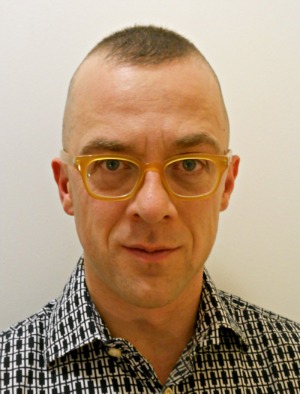 When Osiris Therapeutics ($OSIR) won Canadian regulatory approval recently for Prochymal as the world's first off-the-shelf stem cell treatment, company president and CEO C. Randal Mills said the advance after so many ups and downs felt like he had finally achieved "first-generation time travel."
When Osiris Therapeutics ($OSIR) won Canadian regulatory approval recently for Prochymal as the world's first off-the-shelf stem cell treatment, company president and CEO C. Randal Mills said the advance after so many ups and downs felt like he had finally achieved "first-generation time travel."
It is true, the product made with mesenchymal stem cells from adult donors to treat graft-versus-host disease (GvHD) in children represents a genuine victory in a spotty history for the field. Osiris' advance comes 20 years after stem cell research seemed poised to change the world with the possibility of curing a wide range of diseases. But researchers have struggled in fits and starts in the face of scientific and political obstacles.
What's different now? Stem cell research continues morphing into new areas. Stem cells were once theorized to be a therapy in and of itself--a way to directly treat diseases or restore people's health from debilitating conditions. But scientists are now exploring how to use the cells indirectly to generate tissue or immune responses that can achieve the same goals. Scientists, for example, are increasingly using pluripotent stem cells from different parts of the body that can be tested as therapies, drug therapy targets or as ways to build models of disease on which to test drugs for toxicities. And they offer some of the advantages of embryonic stem cells without the political baggage.
The field today is well beyond whether to use embryonic or adult stem cells, a choice that became highly politicized in recent years as U.S. government leaders debated the ethics of using embryonic stem cells.
We hope you enjoy this special report, which explores some of the recent ups and downs in the field and where the sector is going. Click here to read the full report >> -- Mark Hollmer (Twitter | email)
Like what you're reading
Click here to get more news delivered to your inbox every week>>